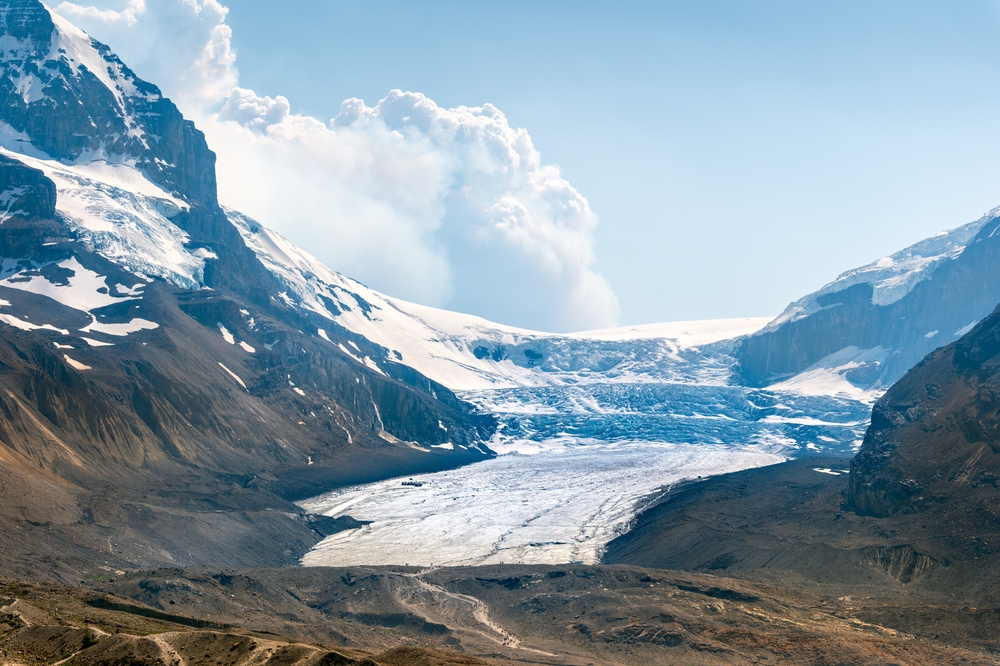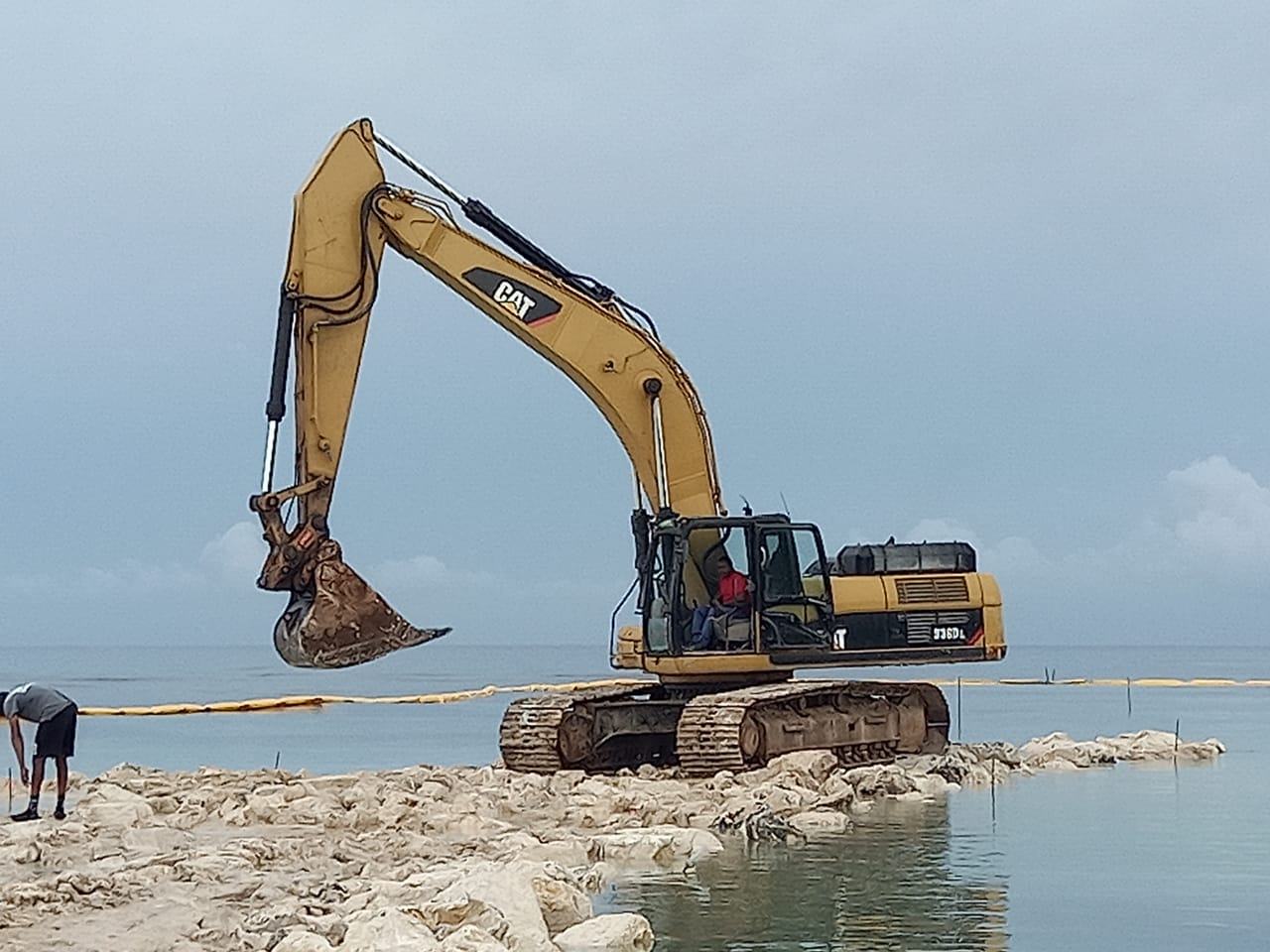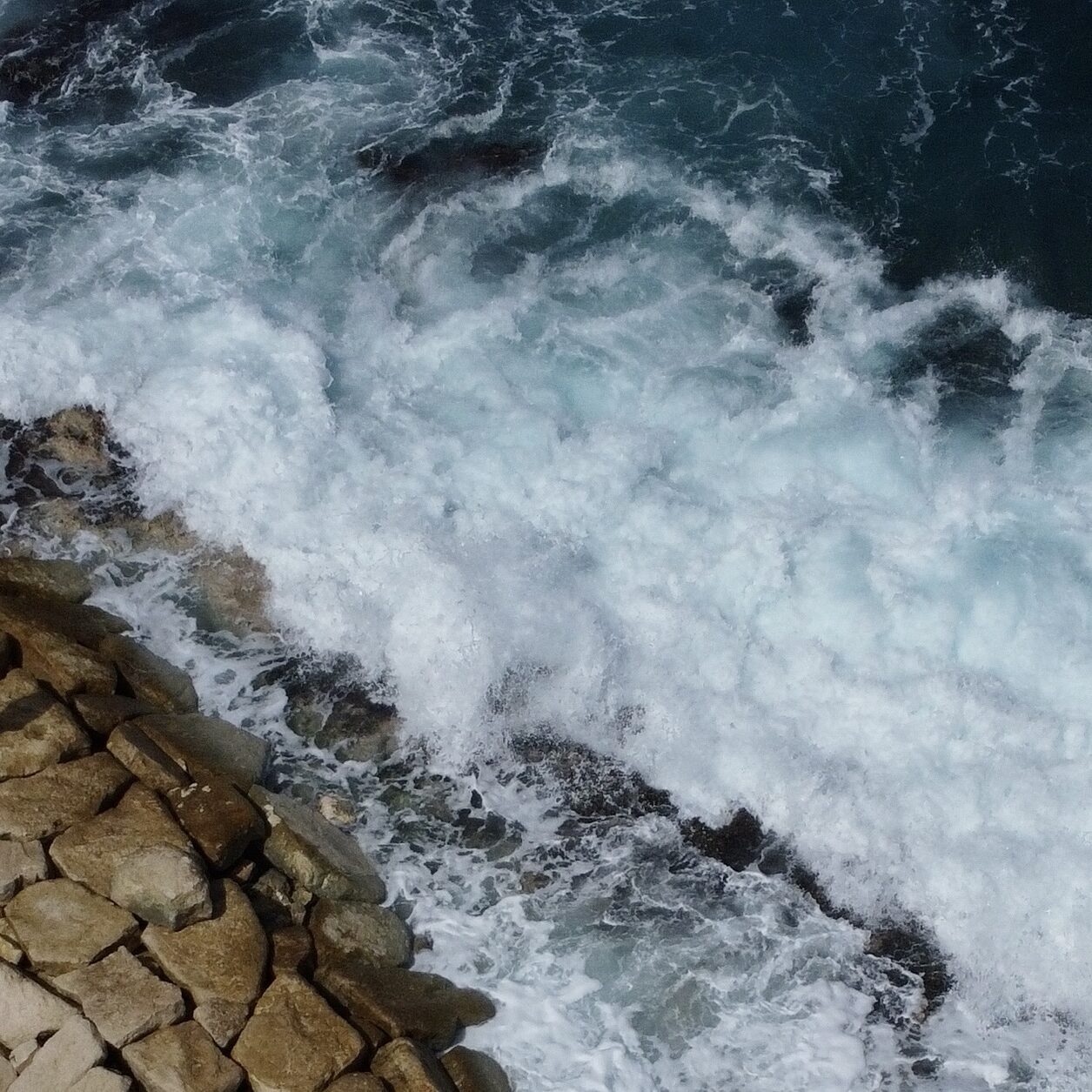Puerto Rico is one of the larger islands in the Caribbean, covering more than 9,000 square kilometers. Mountains make up more than half of its terrain, and many rivers flow down to the coast. How a storm affects one part of the island can be very different from what happens in another. The island and its 3.2 million residents are divided into 78 municipalities, each of which has its own emergency management center and social media presence. When weather events and storms are threatening the island, Puerto Rico’s municipalities provide information both from the US National Weather Service (NWS) and warnings specific to the zone when necessary.
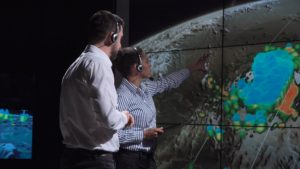 With such localised forecasting available, a logical question is why anyone would turn elsewhere for weather predictions. But they do, and it’s not always to legitimate meteorologists. “I’m trying to find, as a professional, why people are believing non-official pages,” laments coastal hazards outreach specialist Lillian Ramirez. “We are having problems because there are people who say they are meteorologists and have a big social media presence. People tend to believe that, and they’re not official.” In fact, according to a 2019 case study called, “Social Media, Rumors, and Hurricane Warning Systems in Puerto Rico,” the NWS “actively monitors weather-related social media accounts from amateur meteorologists who have large followings” and tries to dispel rumours.
With such localised forecasting available, a logical question is why anyone would turn elsewhere for weather predictions. But they do, and it’s not always to legitimate meteorologists. “I’m trying to find, as a professional, why people are believing non-official pages,” laments coastal hazards outreach specialist Lillian Ramirez. “We are having problems because there are people who say they are meteorologists and have a big social media presence. People tend to believe that, and they’re not official.” In fact, according to a 2019 case study called, “Social Media, Rumors, and Hurricane Warning Systems in Puerto Rico,” the NWS “actively monitors weather-related social media accounts from amateur meteorologists who have large followings” and tries to dispel rumours.
Who is Using the Technology and How
There’s no debate that the success of early warning systems depends on the accuracy of the data. But in the Puerto Rico case study, then PhD candidate Lily Bui noted that their effectiveness also depends on the people who use the technology and how they use it. “One of the major concerns of relying on social media information during a disaster is that of propagating misinformation during critical phases of disaster response.”
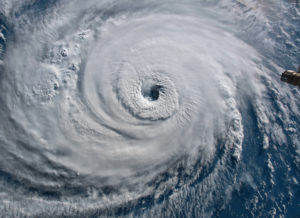 To counter the flow of misinformation, Lillian Ramirez, who works with the University of Puerto Rico‘s Sea Grant College Program and also covers the US Virgin Islands, explains, “We basically talk a lot with the communities and try to provide them with the information. We say here in Puerto Rico, ‘in simple or local language’ so people can understand and develop awareness.”
To counter the flow of misinformation, Lillian Ramirez, who works with the University of Puerto Rico‘s Sea Grant College Program and also covers the US Virgin Islands, explains, “We basically talk a lot with the communities and try to provide them with the information. We say here in Puerto Rico, ‘in simple or local language’ so people can understand and develop awareness.”
The communications problem is not unique to Puerto Rico and it is not always a question of understanding the language. Emergency managers say the answer, often, is that people just don’t know who to believe. As social media becomes more widespread, so does the problem. “If people are following the management office and the National Weather Service, they’ll receive better information. But there are so many social media pages that, for the attention, it’s the first [page] they get. Before the National Weather Service,” Ramirez says.
Some of it boils down to mathematics; ”If I stay five seconds reading a page from a ‘supposed’ meteorologist because I want to see what they’re providing, and I only spend two seconds on the National Weather Service because I know that information is correct,” the social media feed will provide the more-viewed pages first.
The Role of Culture and History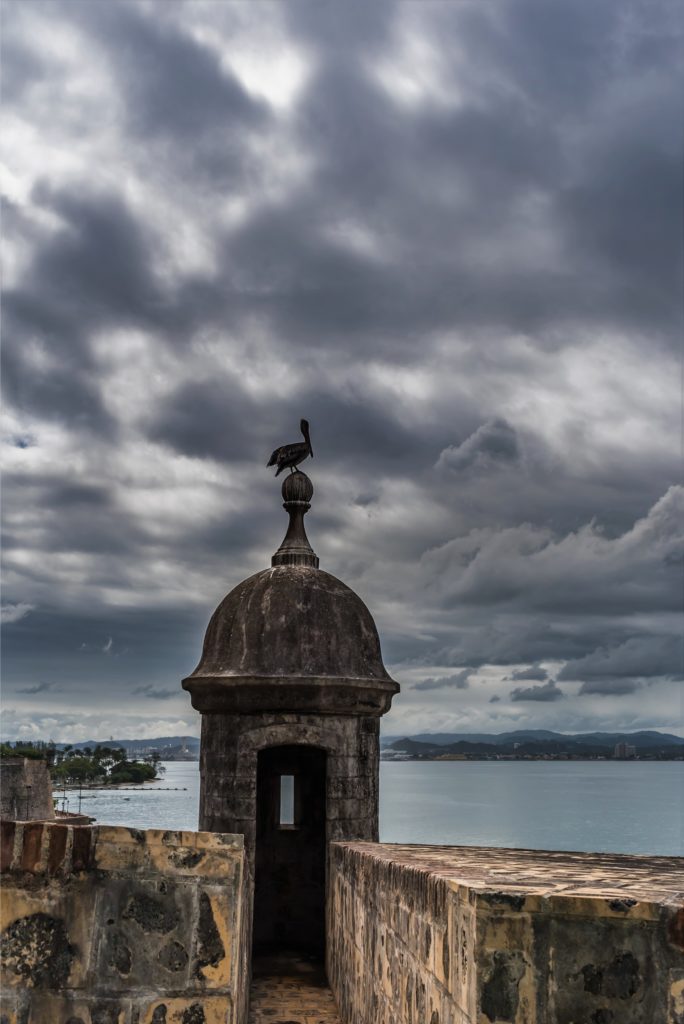
Part of the solution to getting accurate messaging to the people who need it, disaster preparedness professionals believe, requires a better understanding of the cultural and historical part of how communities see risk and the adoption of a longer-term approach. In another paper entitled, “Expanding How We Think About Early Warnings and Disaster Preparedness,” Dr. Bui writes, “City leaders are responsible for understanding how a culture of preparedness can be constructed … There are cultural factors and generational knowledge that contribute to the way that a society might come to understand risk, and preparedness efforts must be responsible for unearthing these.”
Lillian Ramirez has seen the beginnings firsthand of what may be generational change, “After Hurricane Maria, people are very aware about the dangers of storm surge and more aware of the combination of the river inundation and storm surge. They have experience. Nobody was prepared enough for Hurricane Maria, and people are ‘dispuestos’, ready to move to a shelter or safe place because they know they can be flooded.”
Even four years later she says, “We’re still having blackouts and loss of power every day. Now, if we know that a tropical storm is getting close to Puerto Rico, we’re already preparing in terms of food. People begin to prepare the generators, there’s a higher probability that we will lose electricity or power. They observe on the map that it’s coming, they’ll get ready.”
